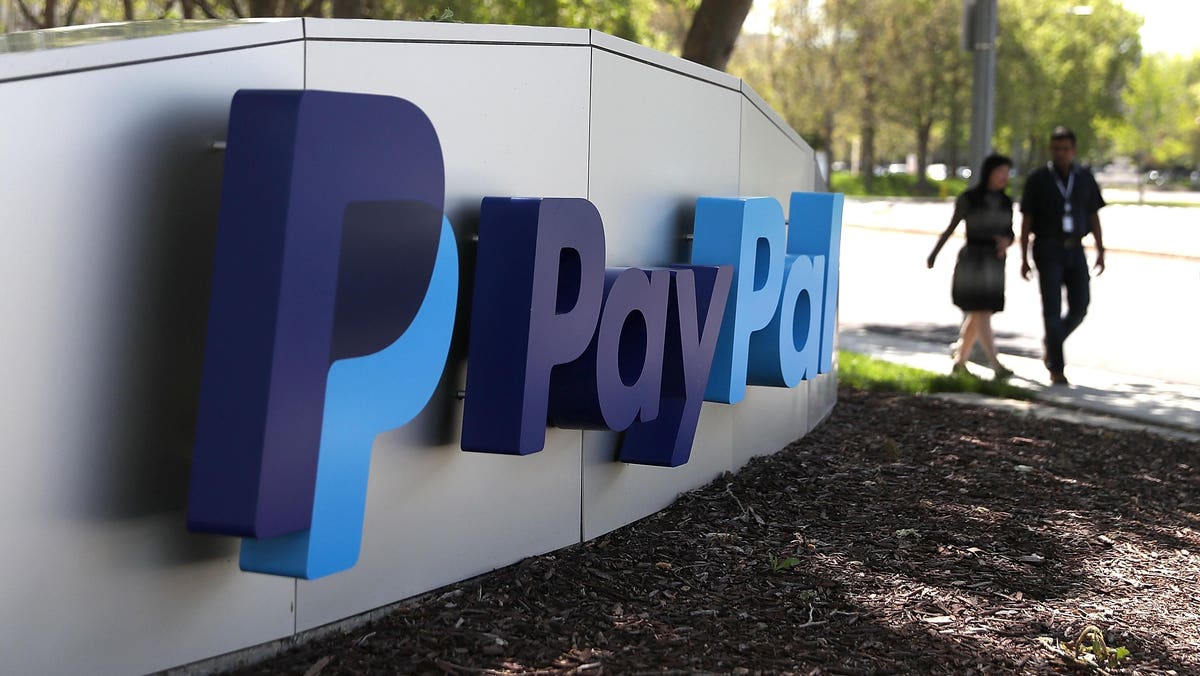As I am sure you have noticed, there was an interesting development in the world of stablecoins this week with the news the PayPal
PYPL
Another Digital Dollar
While the cryptocurrency purists may be unhappy that PayPal’s stablecoin PYUSD (an ERC-20 token issued on the Ethereum
ETH
BTC
DOGE
Why do I focus on this? Well, it’s because I agree Elliot Hentov, head of macro policy research at State Street Global Advisors, who says that the technological revolution in financial services is in the coming tokenisation of wide swaths of financial and real assets. He is absolutely correct to note that these digital assets will will require a “corresponding” (ie, shared ledger-based) digital currency to make a functioning market in which protocols are used to exchange fungible and non-fungible assets (eg, both the dollars and the ticket for the Taylor Swift concert will be token).
Will the specific digital currency PYUSD get traction? Well, apart from anything else we know that lots of people around the world want to use digital dollars. And America will benefit from supplying them whether via public or private infrastructure because digital dollars are more than a new electronic payments mechanism, they are a means to reinforce the post-WWII international monetary order and American “soft power”.
Here is an example to illustrate the potential: I saw a tweet from someone who had just sent money to friend in Latin America using a stablecoin, USDT (Tether
USDT
Right now a lot of the digital dollars out there are in the form of Tether (USDT) and offshore. But if the digital dollars are supplied in digital form by a globally-recognised, trusted, audited, regualted and well-run company such as PayPal, I suspect that a great many people will prefer them.
(That example of cross-border payments is often put forward as a key driver for cryptocurrency take up and given the size of the global market, you can see why. Cross-border retail spending and remittances will reach around $5 trillion this yearand business-to-business payments are worth eight times that. If even a fraction of those payments are made using PYUSD, then the future looks pretty bright for PayPal’s ecosystem.)
Interestingly, the same week that PayPal announces its stablecoin, the Federal Reserve establishes its new “Novel Activities Supervision Program” to enhance the supervision of the banking organizations in its remit. It will focus on activities related to crypto-assets, shared ledgers and technology-driven partnerships with non-banks to deliver financial services to customers. The Feds says that this will be risk-focused and complement existing supervisory processes. I think that in this context, PYUSD will have its most significant impact on the market: Legitimising stablecoins as an activity for regulated institutions.
(Incidentally, I cannot help but wonder whether one of the users of PYUSD might well be X. After, all, Mr, Musk helped found PayPal and knows a fair amount about the payment system. PayPal’s digital dollar might be a very convenient way of moving value in and out of the X ecosystem!)
Transition Time
I think it is entirely consistent with the evidence to remain sceptical about the impact of cryptocurrency on the wider economy, while at the same time being excited about tokenisation and the transition to that web3 world of decentralised finance protocols exchanging digital assets backed by regulated institutions with digital currencies, similarly backed by regulated institutions. In this respect, PayPal’s move will, I am sure, be seen in hindsight as a cusp moment and a vote of confidence in the web3 world.
Read the full article here










